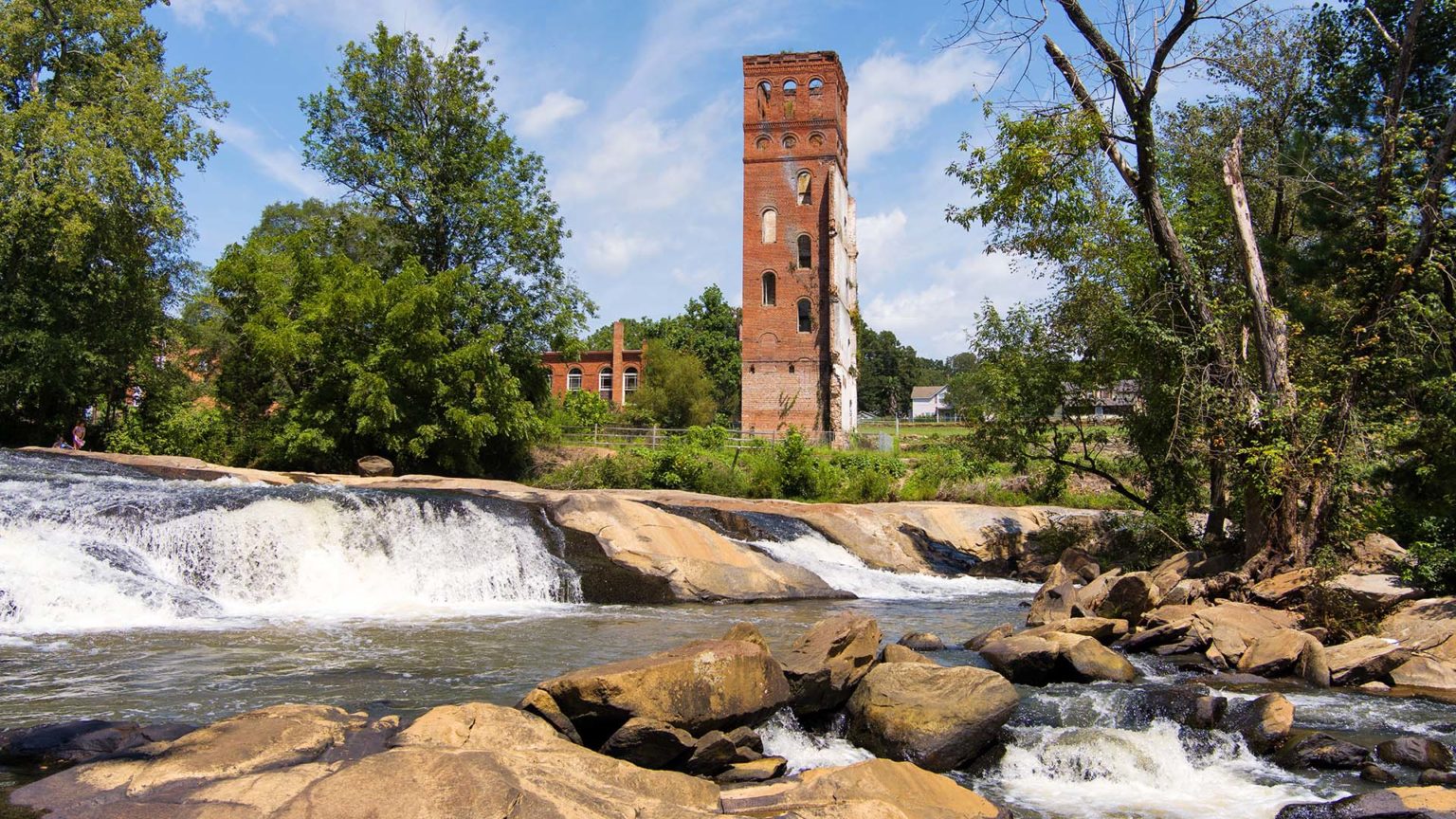Forgotten World: The Glendale Mill, South Carolina
Nestled in Spartanburg County, South Carolina, the Glendale Mill stands as a poignant reminder of the region’s industrial past. Once a bustling hub of textile manufacturing, the mill has now become a relic reclaimed by nature, drawing visitors who seek to connect with history and the beauty of the outdoors. This article explores the mill’s rich history, its recent preservation efforts, and the significance of Glendale Mill in the context of South Carolina’s industrial heritage.

A Brief History of Glendale Mill
The Glendale Mill’s origins date back to the 1830s when Dr. James Bivings established a cotton manufacturing company along Lawson’s Fork Creek. Originally known as Bivingsville, the community grew around the mill, which became a vital part of the local economy. The mill was officially incorporated as the D.E. Converse Company in 1876, named after Dexter E. Converse, who played a significant role in its development and expansion.
The mill thrived for decades, reaching its peak production in the early 20th century. However, like many textile mills in the South, it faced challenges during the Great Depression and World War II. The mill eventually closed its doors in 1961, marking the end of an era for the community.
In 2004, a devastating fire destroyed much of the mill’s structure, leaving only the iconic tower standing. Despite this loss, the site remained a symbol of the region’s industrial heritage, attracting those interested in its history and the natural beauty surrounding it.
Recent Developments and Preservation Efforts
In recent years, significant efforts have been made to preserve the Glendale Mill site. In late 2022, the Spartanburg Area Conservancy (SPACE) purchased the mill and the surrounding 16.5 acres for $1.5 million. This acquisition was made possible through funding from SPACE, Spartanburg County, and the South Carolina Conservation Bank. The goal is to protect the site from development and integrate it into the existing Glendale Shoals Preserve, which offers trails, gardens, and scenic views.
The preservation of Glendale Mill is not just about maintaining a historical site; it also serves as a cultural anchor for the community. Plans are underway to extend Spartanburg’s Daniel Morgan rail trail system to the mill site, enhancing recreational opportunities and promoting economic development in the area. Andrew Babb, a senior associate involved in the sale, emphasized the importance of preserving this piece of history for future generations.
The Significance of Glendale Mill Today
Today, the Glendale Mill site is more than just a historical landmark; it is a testament to the resilience of nature and the community’s commitment to preserving its heritage. The ruins of the mill, set against the backdrop of lush greenery and flowing water, create a picturesque setting for visitors. The Glendale Shoals Preserve offers a one-mile trail that allows guests to explore the area, including the remains of the mill and a beautiful waterfall.
Visitors to the preserve can enjoy picnicking, hiking, and simply soaking in the serene environment. The site has become a popular destination for those looking to escape the hustle and bustle of modern life and connect with the past. The restored pedestrian bridge, built in 1928, adds to the charm of the area, allowing visitors to walk in the footsteps of those who once worked at the mill.
Conclusion
The Glendale Mill in Spartanburg County, South Carolina, is a remarkable example of how history and nature can coexist. As efforts to preserve the site continue, it serves as a reminder of the region’s industrial roots and the importance of protecting our cultural heritage. Whether you’re a history buff, a nature lover, or simply seeking a peaceful retreat, the Glendale Mill offers a unique glimpse into the past while inviting you to enjoy the beauty of the present.
Leave a Reply